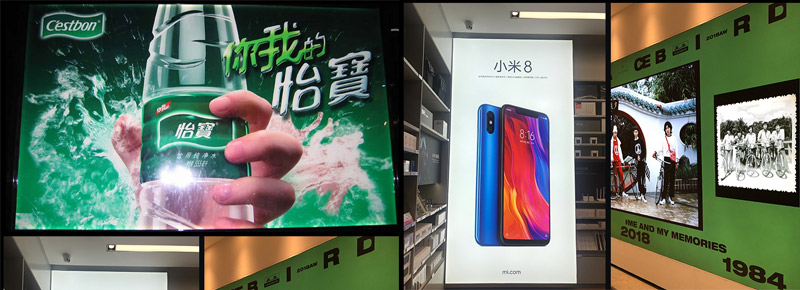The production process of digital printing is simply put the image into the computer through various digital means such as: scanning, digital photos, images or various digital patterns produced and processed by computer. After processing by the computer color separation printing system, the special RIP software directly sprays various special dyes (reactive, dispersing, acidic) onto various fabrics or other media through its spray printing system.After the final processing, we can obtain all kinds of high-precision products on various textile fabrics.Compared with the traditional printing and dyeing process, the advantages of digital printing technology are as follows:
1.Digital printing production has truly realized the production process of small batch and quick reaction, and the production batch is not limited.
Since the digital printing production process all realizes computerized digital production, the production flexibility is greatly improved, and some products can even be delivered on the same day, which is desirable. In addition, due to the application of computer technology, printing a series of patterns of the same pattern with different hues, and the constant modification of patterns and colors by designers during the production process have become a major technical advantage of digital printing production from traditional printing production.
2.The production process of digital printing greatly shortens the original process route, has fast order receiving speed and greatly reduces proofing cost.
As the production process of digital printing is free from the process of color separation drawing, film making and screen making in the traditional printing process, the production time is greatly shortened. The way to accept the pattern can be through various advanced means such as CD-ROM, E-mail, etc. The general proofing time is not more than one working day, while the traditional proofing cycle is generally about one week. In addition, the cost of proofing is greatly reduced due to the simplification of the process. The shortening of the proofing cycle and the reduction of proofing costs, which are undoubtedly bringing more market opportunities to enterprises under the market competition rules that time is money and efficiency is life today.
3.The principle of digital printing technology enables its products to break through the limitations of traditional production of color sets and length of image, thus enabling textile fabrics to achieve the printing effect of high-end printing.
As the digital printing technology can adopt digital patterns, and carry out color measurement, color matching and spray printing through a computer, so that the color of digital printing products can theoretically reach 16.7 million kinds. It breaks through the color limitation of traditional textile printing and dyeing patterns, especially in the printing of high-precision patterns such as color gradient and moire, digital printing has incomparable advantages in technology. In addition, traditional printed patterns are often limited by the length of "flower back", and the concept of "flower back" may not exist in the process of digital printing, which greatly expands the space of textile pattern design and improves the product grade.
4.The high precision spray printing process makes it possible to use no water and no color paste in the spray printing process.
The use of dye in the printing process is "distributed on demand" by the computer, so that there is no waste of dyes and chemicals in the printing process. No noise is generated during the printing process controlled by the computer, so that no pollution is generated during the printing process, and a green production process is realized, so that the production of textile printing is free from the past high energy consumption, high pollution and high noise production process. The low energy consumption and pollution-free production process has brought a technological revolution to the production of textile printing and dyeing.

